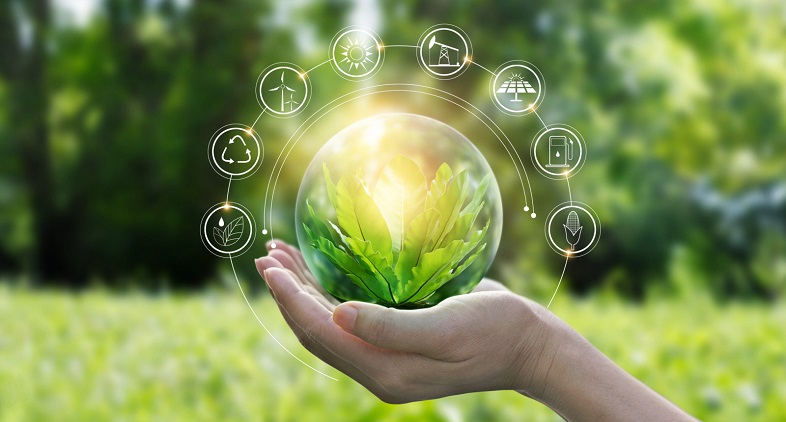
-
February 29, 2024
- 0 Comment
Green Hydrogen : Pioneering a Cleaner and Greener Future
Green hydrogen, produced through renewable-powered electrolysis, is poised to spearhead a transformative shift towards a cleaner and more sustainable future. This remarkable energy carrier offers a multifaceted approach encompassing innovative production methods, diverse applications, and unparalleled environmental advantages. In this comprehensive exploration, we uncover the production techniques, delve into potential applications across sectors, and shed light on the environmental benefits that green hydrogen holds, envisioning a future that harmonizes with our environment.
Production Methods:-
Electrolysis: Powering a Green Revolution At the heart of green hydrogen production lies electrolysis, a process where water is split into hydrogen and oxygen using electricity. When powered by renewable energy sources like wind or solar, this process produces clean and green hydrogen. Electrolysis is pivotal in driving the green hydrogen revolution, aligning with sustainability goals and reducing our reliance on fossil fuels.
Applications
- Transforming Industries and Transportation Green hydrogen finds itself at the forefront of industry transformation and sustainable mobility. It offers a clean energy source for heavy industries like steel and cement production, paving the way for decarbonization. In the transportation sector, hydrogen fuel cells powered by green hydrogen promise zero-emission solutions, revolutionizing cars, buses, trucks, and even trains.
- Storing Energy for a Resilient Grid Energy storage is a critical component of a sustainable energy ecosystem. Green hydrogen can act as an efficient energy storage medium, especially in managing the intermittency of renewables. Excess renewable energy can be utilized for electrolysis to produce hydrogen, which can be stored and converted back to electricity when needed, supporting grid stability and reliability.
Mitigating Carbon Footprint Green hydrogen plays a vital role in reducing carbon emissions. By replacing fossil fuels in various applications, it significantly mitigates the carbon footprint, aligning with global climate targets and combating climate change effectively.
Fostering Renewable Integration The integration of renewable energy sources into our energy mix is essential for a sustainable future. Green hydrogen facilitates this integration by acting as an energy carrier, enabling surplus renewable energy to be stored and used when needed, making renewables more dependable and accessible.
- Advancing Air Quality and Public Health With zero tailpipe emissions, green hydrogen-powered vehicles contribute to improving air quality and public health, reducing pollutants that harm both the environment and human health. This transition to cleaner transportation has far-reaching positive effects on communities and urban areas.


In conclusion, green hydrogen represents a fundamental shift towards a cleaner, greener future. Its innovative production methods, versatile applications, and environmental benefits underscore its potential to play a pivotal role in the global transition to sustainable energy. As we continue to invest in research, infrastructure, and renewable energy integration, green hydrogen promises to lead us to a future where energy is both clean and abundant, aligning with the needs of our planet and future generations.
